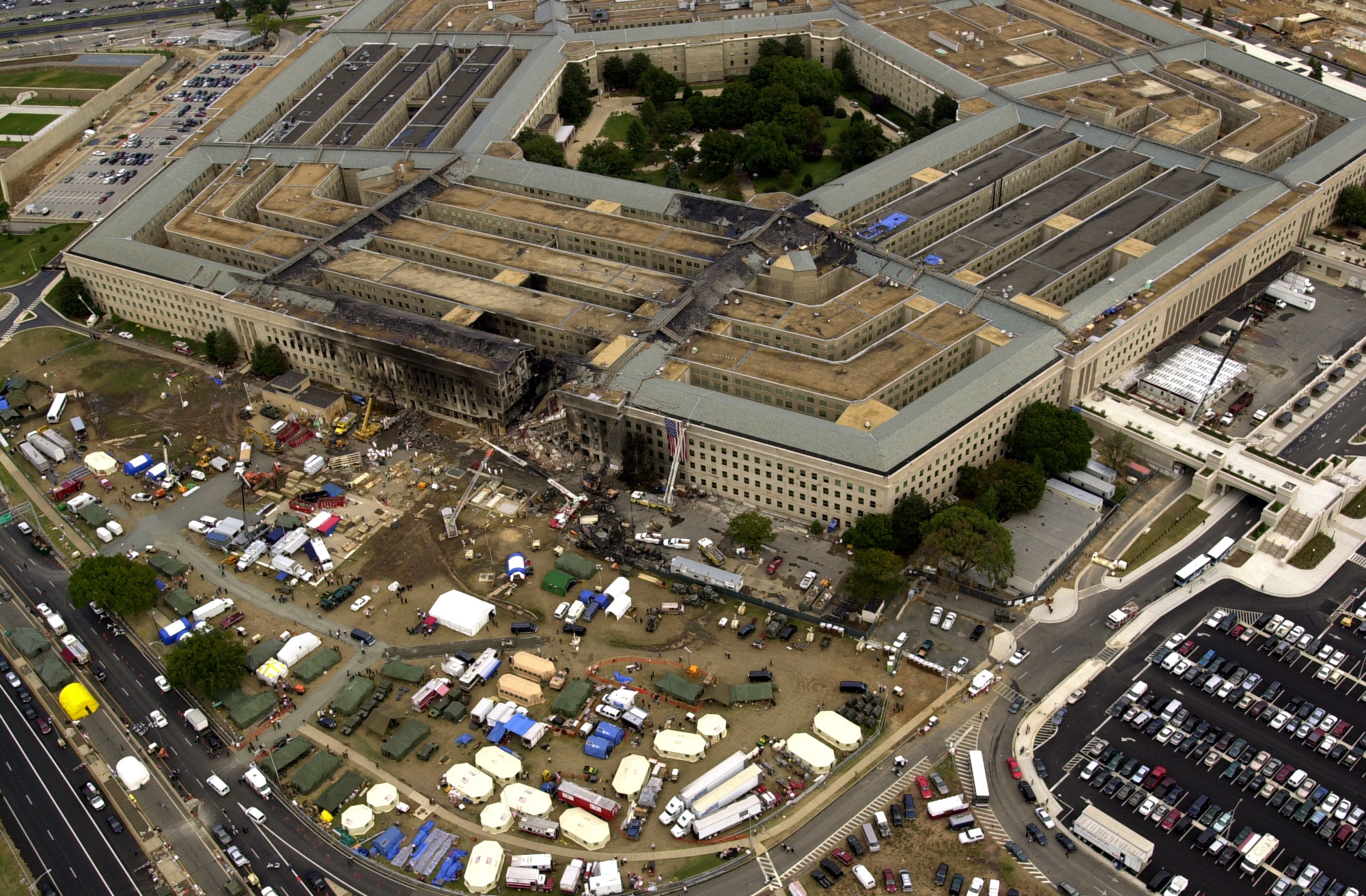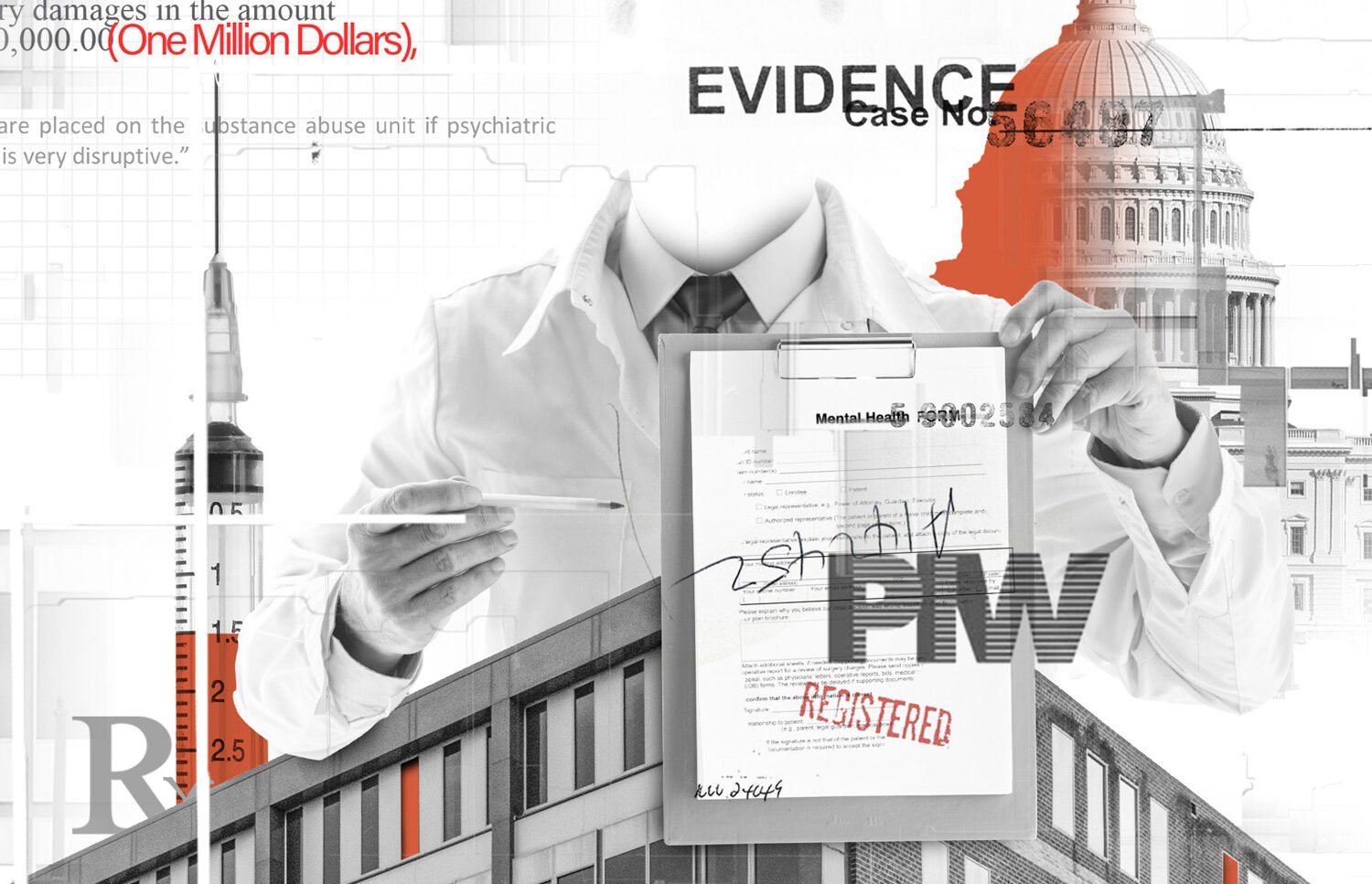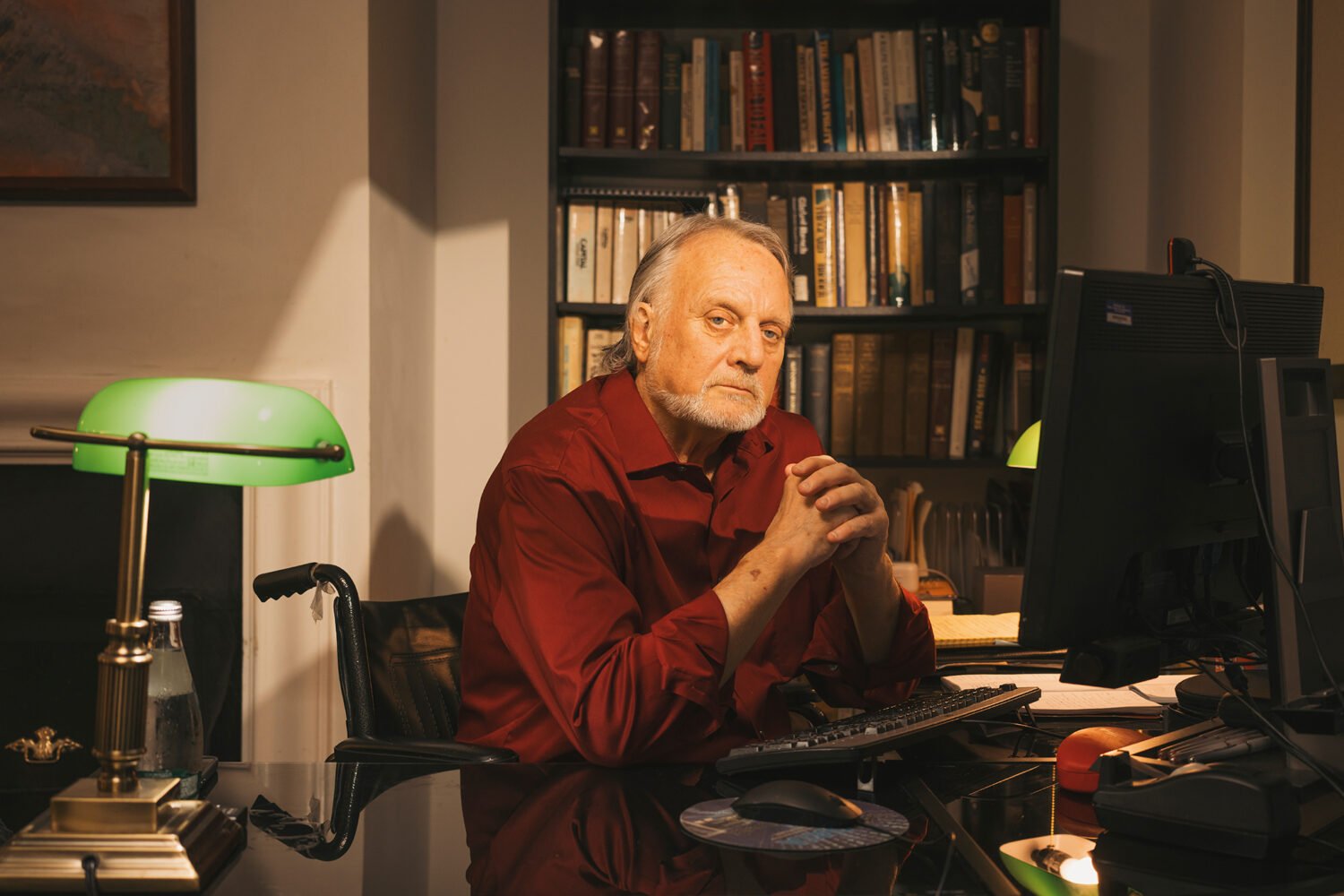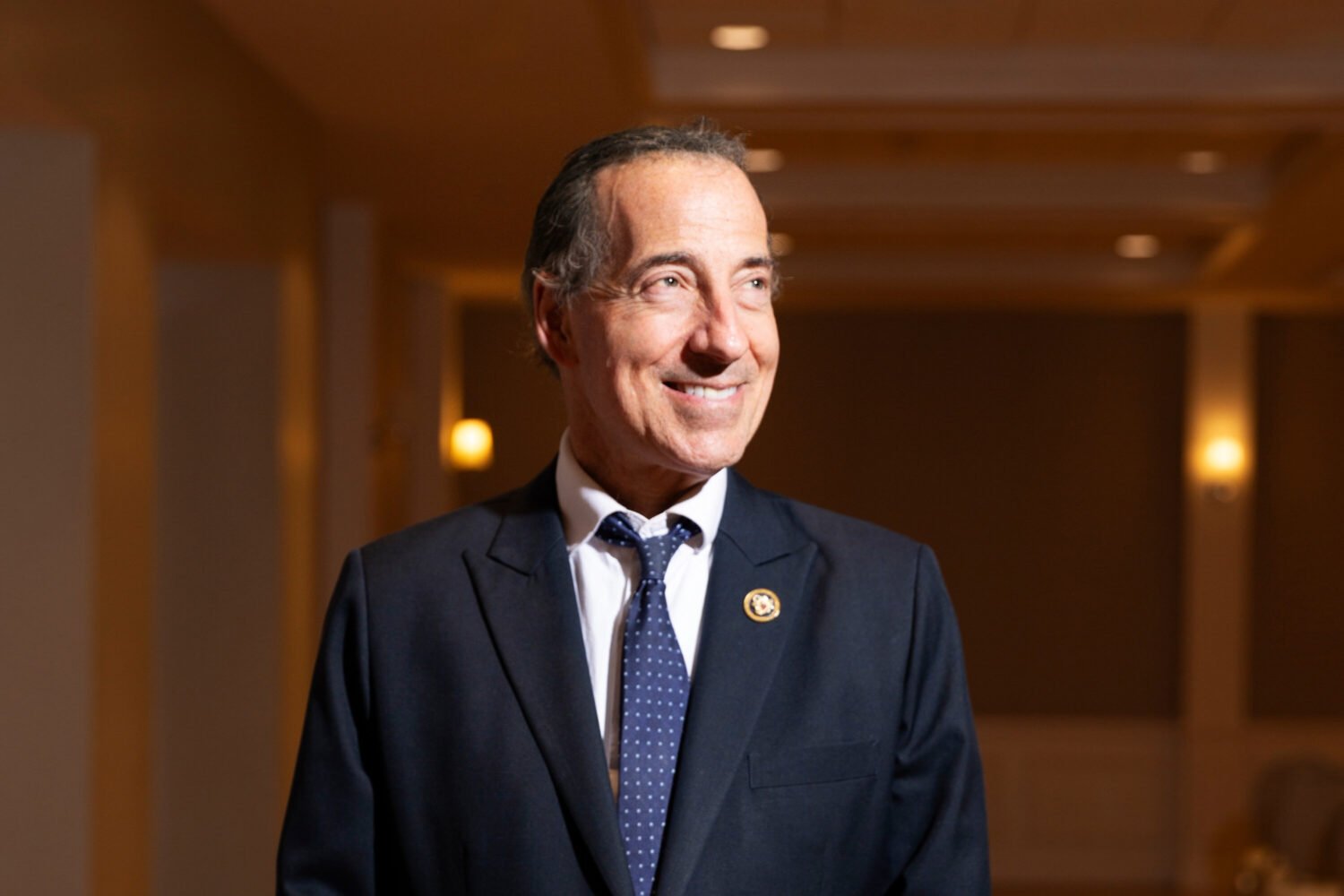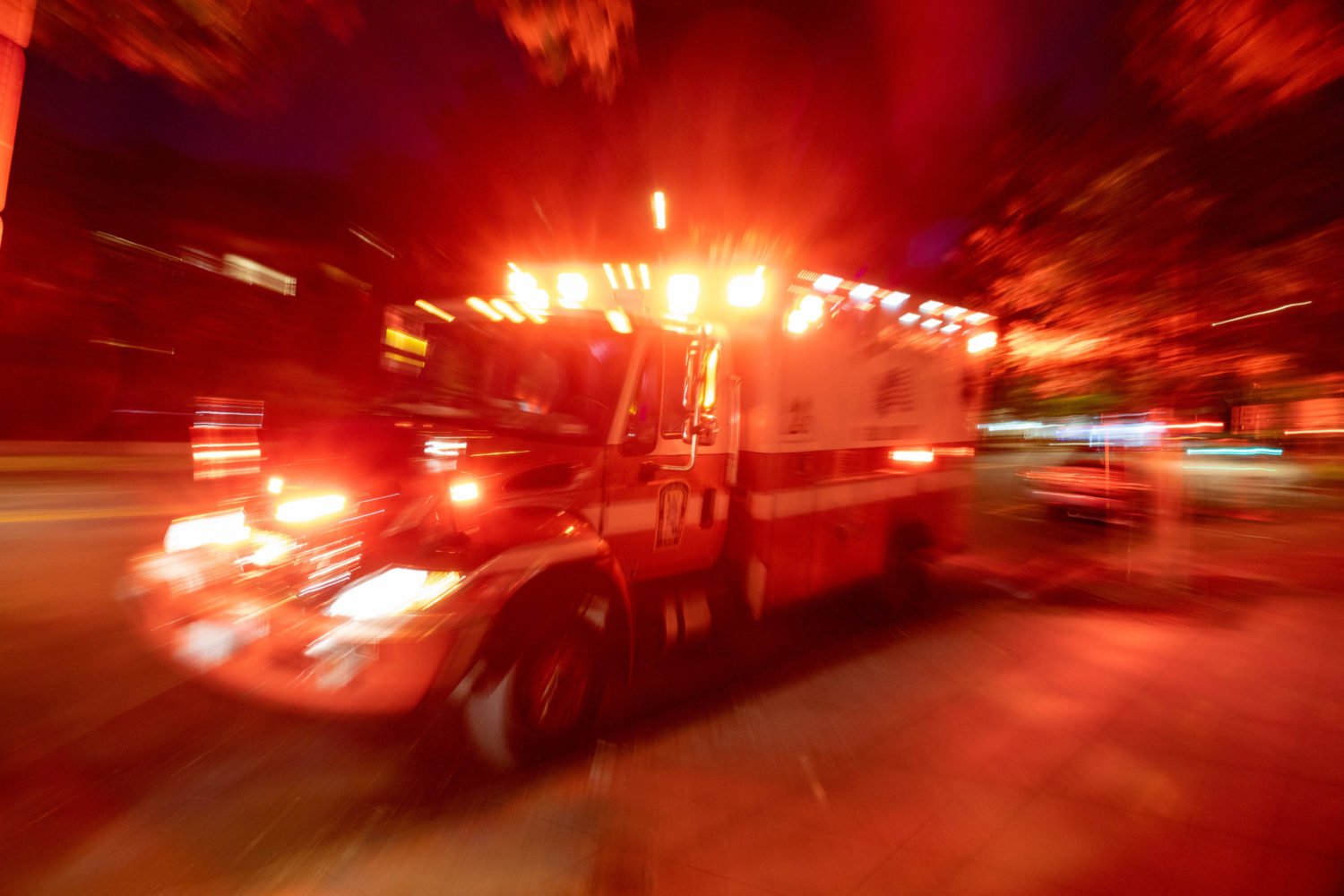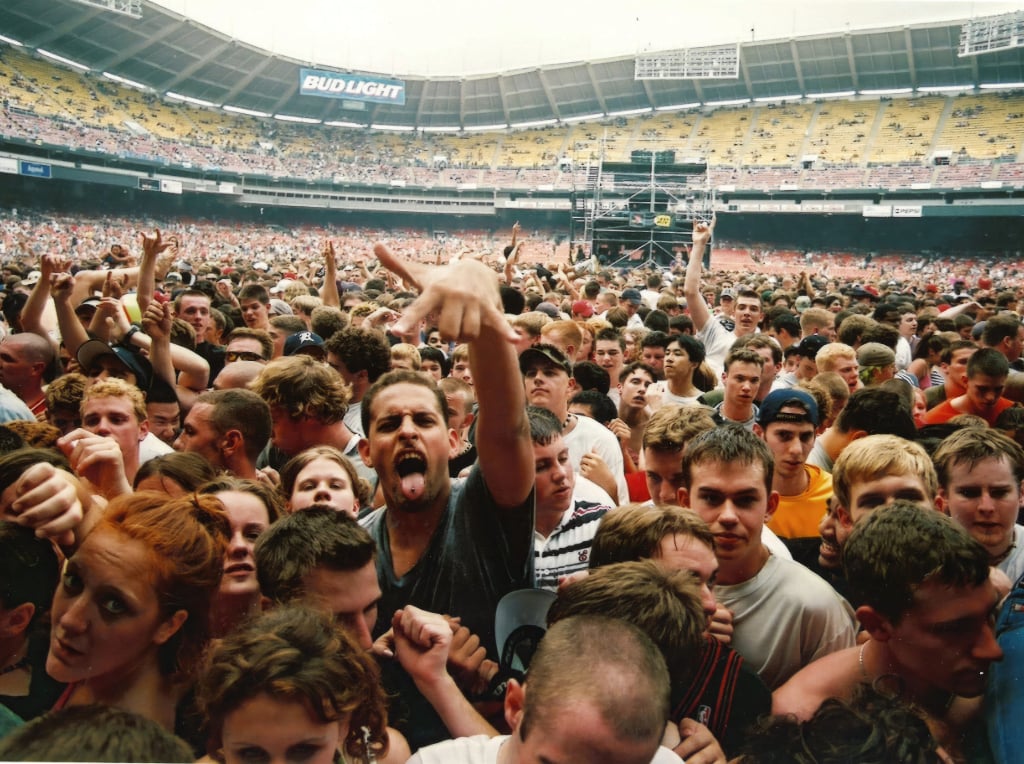About 20 years since 9/11
This article is part of Washingtonian’s 20th anniversary coverage of 9/11. We talked to an Army chaplain who blessed bodies at the wreckage site about how he has coped in the years since the attacks, we reflected on how the fortification of DC after Sept. 11 changed our town, and we looked at the political legacies of 9/11, including which political careers were born of the tragedy. Read more here.
Watching the construction of the seven-foot-high fence around the vast perimeter of the Capitol grounds last January, in the days before President Biden’s inauguration, was an unnerving moment for a lot of Washington—an unsettling symbol, for some of us who call the nation’s capital home, that we’re merely squatters in the federal fortress and a jolt to those who remember the last time our town armored up so suddenly, after 9/11.
In the days and weeks following the attacks, waves of Jersey barriers unfurled around town. “It had a very visceral impact on Washingtonians,” recalls Martin Moeller, former senior curator at the National Building Museum. “There’s just something inherent in the look and feel of the Jersey barrier that says, ‘This is an emergency situation, we don’t know what else to do, we’re slamming these down. And that’ll feel like we did something.’ . . . I think that was critical to the post-9/11 psyche of the city.”
It wasn’t the beginning of DC’s fortification against would-be mass killers. After the Oklahoma City bombing in 1995, the government erected barriers in certain parts of the District, and Pennsylvania Avenue in front of the White House was closed to cars, neutering what used to be a major urban thoroughfare. Earlier events—from Pearl Harbor to the assassination attempt on Ronald Reagan to a 1990s shooting at the Capitol—coincided with new fencing and security protocols. But 9/11 cemented our uneasy bargain between safety, aesthetics, and the demands of openness in a democracy’s capital. Locals finally came to accept that more guardrails might allow us to go about our lives more safely, while insisting that they didn’t have to look like guardrails. Washington, weirdly, became a world capital of Jersey-barrier beautification.
In 2002, the National Capital Planning Commission—a body that reviews designs and development plans involving federal land in the region—helped devise official guidance for integrating security features with the city’s architecture and landscape, delineating how buildings should incorporate existing barriers such as trees and benches and how new security elements shouldn’t obstruct the public thoroughfare but rather reflect a building’s aesthetic identity. In the ensuing years, the commission’s work reduced how garish Washington could have become. Architects have found graceful ways to emphasize the buildings themselves (the bollards outside the Supreme Court gently arc to complement the plaza) and to incorporate useful design features (a low wall outside the National Museum of American History has benches carved into it). At the National Museum of African American History & Culture, which was finished in 2016, one of the multiple camouflaged safeguards that prevent a car from ramming into the building is a plinth—a grand base for the structure.
Some security implementations have followed the natural course of the city’s plan. Alterations to the east front of the Capitol—which for many years was essentially a busy parking lot—barred cars from parking on the plaza, reducing a security threat as well as adding to the plaza’s grandeur. Before the Pentagon attack, the Washington Monument looked slightly orphaned, surrounded by nothing but a mound of grass. The 2005 addition of a short, sloping wall to create a secure base for the obelisk was in line with the intentions of the Senate’s 1902 McMillan Plan to improve DC’s monumental core.
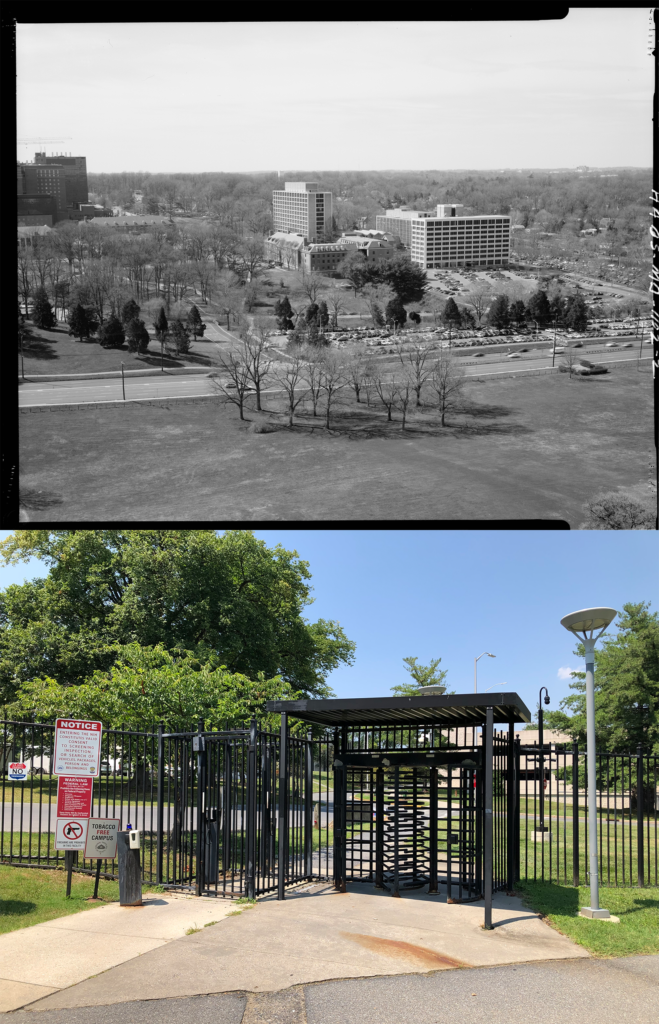
All the same, we still live among plenty of symbols of our insecurities. In Bethesda, the National Institutes of Health used to be a sort of campus for the community, host to movies and concerts and dog-walking, a place where employees and neighbors alike lined up to get lunch from the lobster truck that showed up every Friday. In 1990, protesters hosted a massive AIDS demonstration on the grounds, foisting signs that read DR FAUCI, YOU ARE KILLING US. Today the complex has taken on the guise of a high-security prison: An imposing nine-foot perimeter fence blocked off access in 2003. (Imagine if anti-vax, anti-Fauci protesters could descend on the property now.) Across town, hydraulic lifts at parking areas, surveillance cameras on street corners, and security checkpoints and guard stations at public and private buildings alike cue memories of September 11 and everything that came after.
Has it all been worth it? In the grandest of schemes, most would probably say yes. Not once in the past two decades has there been a major foreign terrorist attack in our capital. Yet one of the most fortified buildings in Fortress Washington couldn’t defend itself when a fearsome mob of domestic partisans calling themselves “great patriots” invaded it on January 6.
We’ve come to find ourselves in a state of wrenching déja vu. Given new threats of domestic terrorism, the National Capital Planning Commission is once again working on an initiative, launched in 2019, to figure out how to further secure public spaces without impeding everyday life—or sending a message that the public is unwelcome at the citadels of American democracy. The Capitol fence, meanwhile, finally came down in July after an outpouring from residents who rued what it represented, physically and spiritually. A fortress city, we know now, has its limits.
This article appears in the September 2021 issue of Washingtonian.
